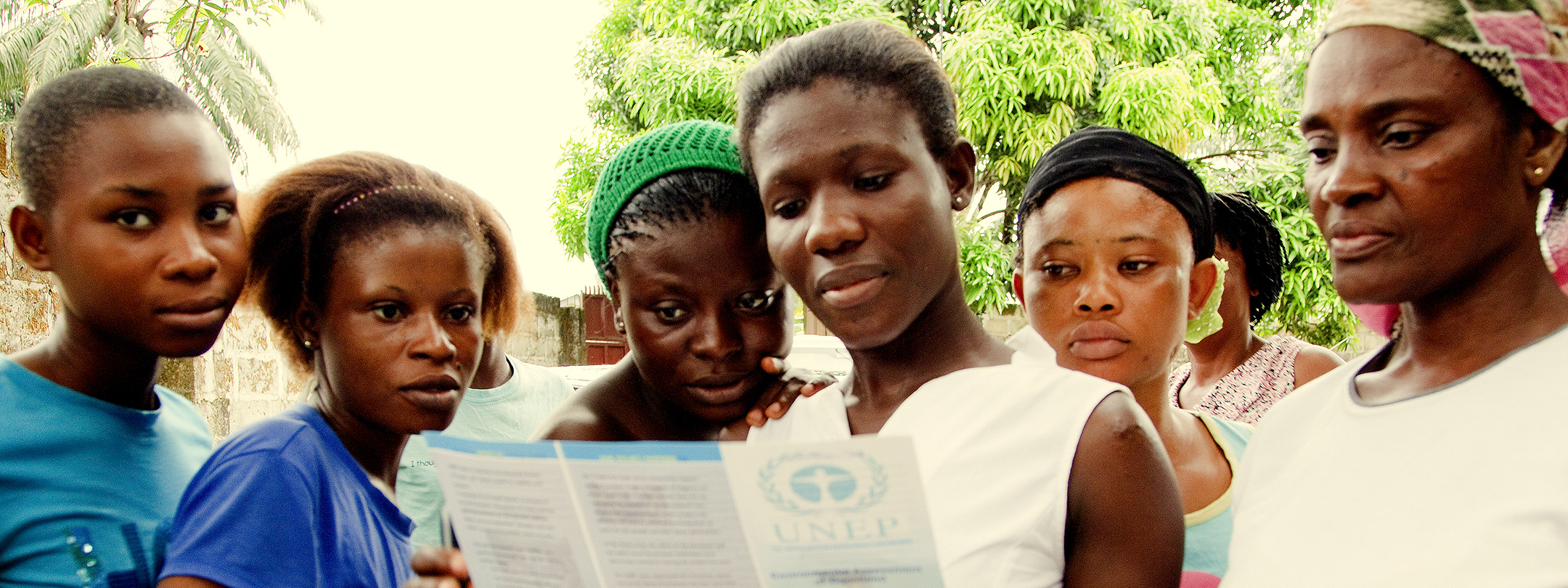Integrating Climate Change into Peacebuilding
Publisher: Climatic Change
Author(s): Richard Matthew
Date: 2014
Topics: Climate Change, Humanitarian Assistance, Livelihoods, Monitoring and Evaluation, Programming
Peacebuilding countries are concentrated in areas of heightened vulnerability to climate change impacts, and almost certainly lack the capacity to manage these impacts. In spite of this overlap, climate change adaptation and mitigation projects are typically excluded from peacebuilding activities. This is particularly alarming given that many analysts believe climate change will trigger, amplify or perpetuate humanitarian crises, population displacement, political extremism and violent conflict in the regions in which most peacebuilding operations take place. This paper investigates opportunities for integrating climate change into peacebuilding. It identifies three obstacles to this integration—the lack of climate change tools and policies that can be easily introduced into typical peacebuilding programming; the skepticism and complacency of the donor community; and tensions between the objectives and timeframes of peacebuilding and those of climate change response. The paper then examines opportunities to integrate climate change into four principal programmatic areas of peacebuilding—socio-economic recovery, politics and governance, security and rule of law, and human rights—and concludes that more attention needs to be given to these opportunities in order to build resilience and reduce the likelihood of more daunting and costly challenges in the future.
